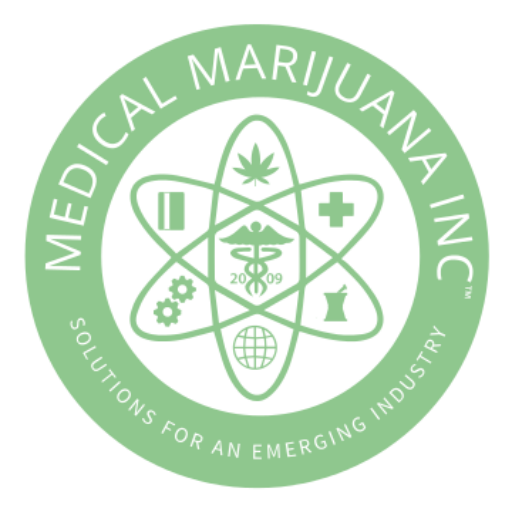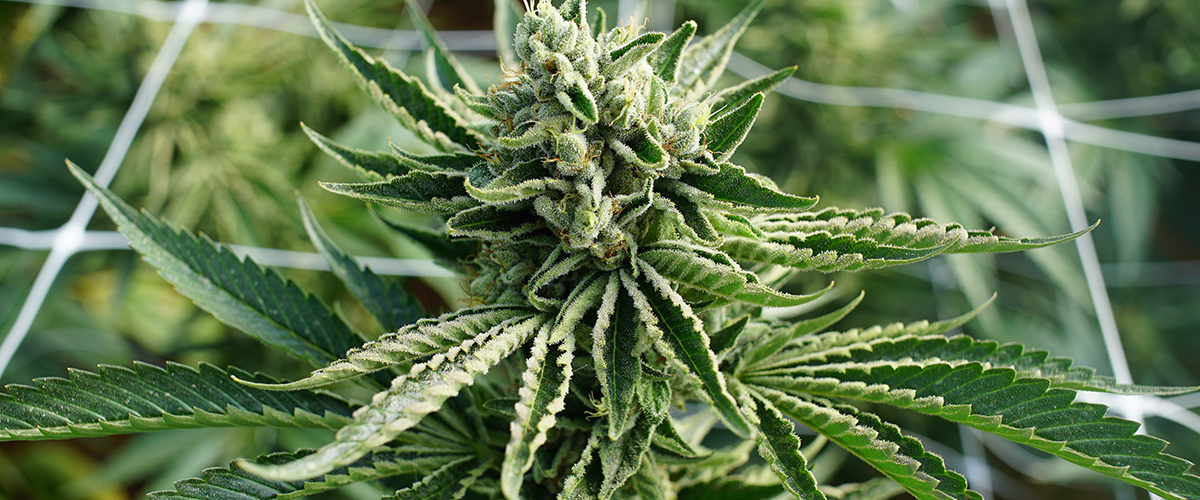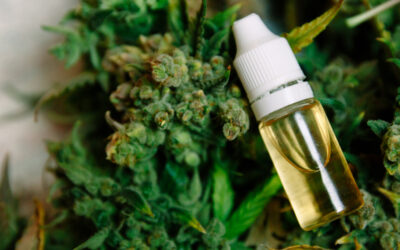What happens if you eat a bag of fresh or cured marijuana? If you are looking for the intoxicating euphoria that usually accompanies marijuana use, then you will likely be disappointed with the results. The fact that eating fresh marijuana is not intoxicating provides one clue as to why decarboxylation is so important for getting the most out of your marijuana.
Decarboxylation is a key part of the marijuana consumption process. Whether you’re interested in making marijuana-infused edibles or cannabis tinctures, you won’t be able to experience the full effects of the marijuana you consume unless you decarboxylate it first.
Decarboxylation is a crucial process for cannabis consumers, particularly those using marijuana for medical purposes and rely on the plant’s active compounds. Decarboxylation is the name given to the process that alters the cannabinoids in cannabis so that it will better interact with the body. Below, the cannabis experts at Medical Marijuana, Inc. explain why cannabis decarboxylation is so important and the steps needed to complete the process.
What is Decarboxylation?
Decarboxylation is the process of heating cannabis to activate the compounds within the plant.
Cannabinoid acids, which are found in the trichomes of raw marijuana flowers, are inactive cannabinoids that have an extra carboxyl ring attached to their molecular chain. When heated, or decarboxylated, the molecular structure of these cannabinoid acids shift. During the process, a carboxyl group is released as CO2, with the remaining hydrogen atom retained. This acts to convert the previously inactive compound into an active form that interacts with the body in a completely different way.
Once the cannabinoids are activated, they can freely and directly interact with the endocannabinoid system’s receptors located in the brain and throughout the body. This interaction between the activated cannabinoids and the ECS receptors brings about the intoxicating effects of THC. Without being decarboxylated, THC is present as THCA, which is a non-intoxicating acidic version of the cannabinoid. Therefore, marijuana that has not been decarboxylated will not have any intoxicating effects.
There are more than 100 cannabinoids so far discovered in cannabis. For them to interact with the body in the manner that cannabis consumers typically rely on and expect (such as THC’s telltale euphoria), cannabinoids have to undergo decarboxylation’s chemical reaction.
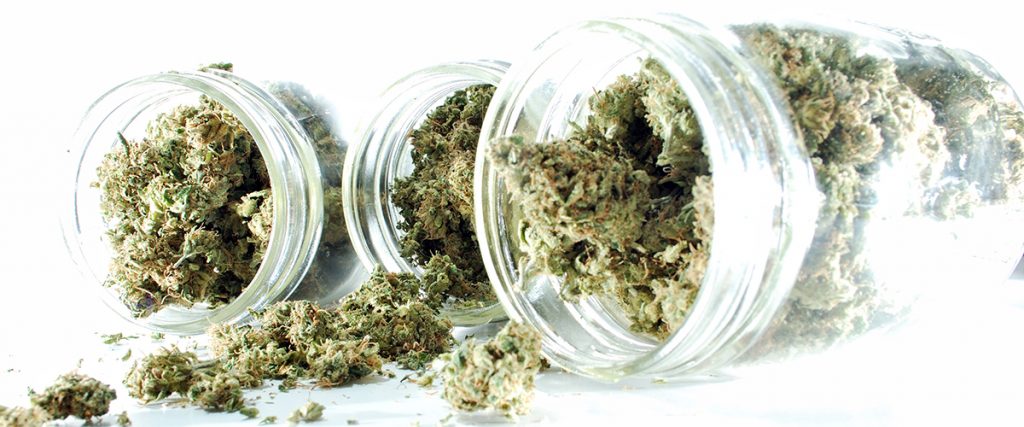
Why is Decarboxylation Important?
Decarboxylation is a necessary process for consuming marijuana in both edibles and tinctures because it activates the plant material’s variety of cannabinoids. More specifically, decarboxylation activates any and all tetrahydrocannabinol (THC) and cannabidiol (CBD) found in the cannabis plant.
Fresh, unheated marijuana flowers contain cannabinoid acids, but unless the flowers are heated up, the compounds remain in an inactive form.
There are some benefits to consuming raw cannabis and unheated cannabinoid acids, as it contains vitamins and nutrients. Juicing of cannabis leaves and consuming raw cannabis buds are popular among those looking to take advantage of the presence of cannabinoid acids. However, doing so will not cause any psychoactive effects.
Decarboxylation converts tetrahydrocannabinolic acid (THCA), a non-psychoactive cannabinoid acid, into THC, the compound most commonly associated with marijuana that causes a euphoric feeling. The process also works to convert cannabidiolic acid (CBDA) into CBD, giving users access to the much sought-after cannabinoid.
THC and CBD act as partial agonists or agonists of the endocannabinoid system’s cannabinoid receptors, specifically the receptors known as CB1 and CB2. The endocannabinoid system is a regulatory network responsible for regulating many of the body’s functions.
This interaction between the activated cannabinoids and cannabinoid receptors alters the release of neurotransmitters in the brain, yielding a host of effects. THC’s psychotropic effects, for example, come about because it activates brain CB1 receptors.
This is why decarboxylation is a crucial step for medical marijuana patients who rely on the effects of these active compounds.
What Causes Decarboxylation?
Decarboxylation of marijuana occurs when at least one of the following two things happen. Partial decarboxylation occurs when the flower naturally dries and ages during the curing process. Decarboxylation can also occur when the marijuana plant material is exposed to heat.
Partial Decarboxylation Through Curing
If you were to leave your marijuana material out in the open, gradually the cannabinoid acids would convert into their active forms. However, be careful because if you leave marijuana material out in the open for too long, it will eventually degrade. Drying and curing marijuana flower over time also can trigger partial decarboxylation.
Force Decarboxylation Through Heating
You can also force decarboxylation by heating your cannabis. Marijuana plant material needs to be exposed to a temperature of at least 220 degrees F for about 30 minutes in order to ensure full decarboxylation. This will allow the cannabinoids found in marijuana to decarb without vaporizing them.
If you want to make edibles, the internal heat of your marijuana-infused baked goods likely won’t reach this temperature. That is why many advise you decarboxylate the marijuana flower before adding it to cooked foods or making cannabutter.
Instantaneous Decarboxylation at High Temperatures
Exposure to high temperatures instantaneously decarboxylates cannabinoids. Therefore, smoking, dabbing, or vaporizing marijuana instantly makes the THC and CBD active in the smoke or vapor, allowing the cannabinoids to quickly go to work once they’re absorbed through inhalation.
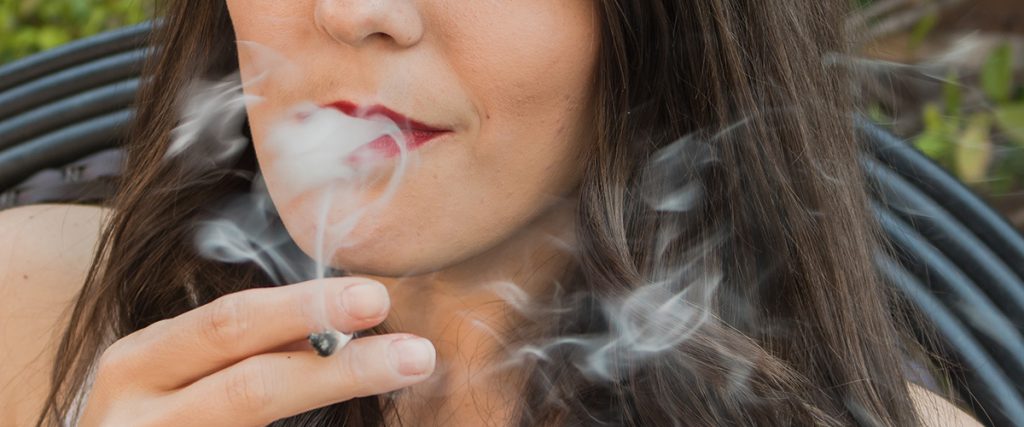
How Do You Decarboxylate Your Marijuana?
Whether you grow your own marijuana or have purchased some marijuana flower from your local dispensary, you can easily decarboxylate from the comfort of your own home. All you need to get started is a baking sheet and an oven. Below we lay out exactly what you’ll need and the steps to take to decarboxylate your marijuana.
What Do I Need for Decarboxylation?
The decarboxylation process does not require a slew of complicated instruments or supplies. In fact, most marijuana users have all of the ingredients and supplies they need for decarboxylation already available in their home. Below is a complete list of everything you need to decarboxylate your marijuana:
- Marijuana flower
- Baking sheet
- Parchment paper
- Grinder
- Oven
Step-By-Step Instructions to Decarboxylate Your Marijuana
Now that you have all of the supplies and ingredients, you can start the decarboxylation process. The key to successful decarboxylation is keeping the oven at a low temperature.
While you may be tempted to cook the flower at higher temperatures, opting for low-temperature heat helps protect the integrity of the plant’s compounds and prevents a loss of potency. Temperatures higher than 310 degrees to 400 degrees F will compromise the various cannabinoids and burn away the marijuana’s terpenes. Terpenes are the oils that work synergistically with cannabinoids and give cannabis its unique flavor and scent.
Below we detail each step you need to take to decarboxylate your marijuana:
- Preheat your oven to 250 degrees F and line your baking sheet with parchment paper. While the oven heats, break your marijuana flower into smaller pieces.
- Spread the flower out on the parchment paper so that it’s in a single layer.
- Place the baking sheet in the oven. Cook for 30-45 minutes, stirring the marijuana flower every 10 minutes or so.
- Once the marijuana starts to darken in color, remove the baking sheet from the oven and set aside to let the activated flower cool.
- Use the grinder or a food processor to coarsely grind the flower. Store the cannabis in an airtight container until ready to use.
How to Consume Decarboxylated Cannabis
Once your cannabis is decarboxylated, you can consume it in a number of ways. As long as you use low heat throughout the decarboxylation process, the cannabinoids and terpenes will be preserved. Therefore, you can still vape and smoke your marijuana and get the desired effects. Some have even encouraged marijuana users to decarb marijuana before vaping or smoking it for the best possible experience.
While you can smoke or vape it, your decarboxylated cannabis can also be used to infuse recipes with marijuana or make cannabutter. Cannabutter is very useful in creating a variety of different types of edibles, and you can find our cannabutter recipe on our Cannabis 101 page. You can also use your decarbed cannabis to create cannabis tinctures. When it comes to decarboxylated cannabis, the possibilities are practically endless!
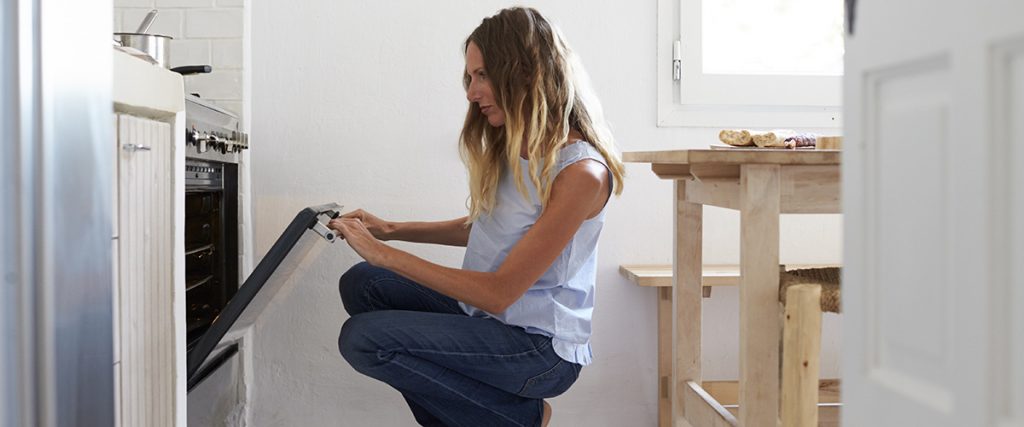
Learn More About Marijuana Decarboxylation
As states around the country are legalizing recreational and medical marijuana, people are becoming increasingly interested in marijuana. At Medical Marijuana, Inc., we strive to educate our customers on all things marijuana and cannabis. Some topics we cover include what it takes to get a medical marijuana card, as well as how to properly grow, cure, and consume cannabis.
